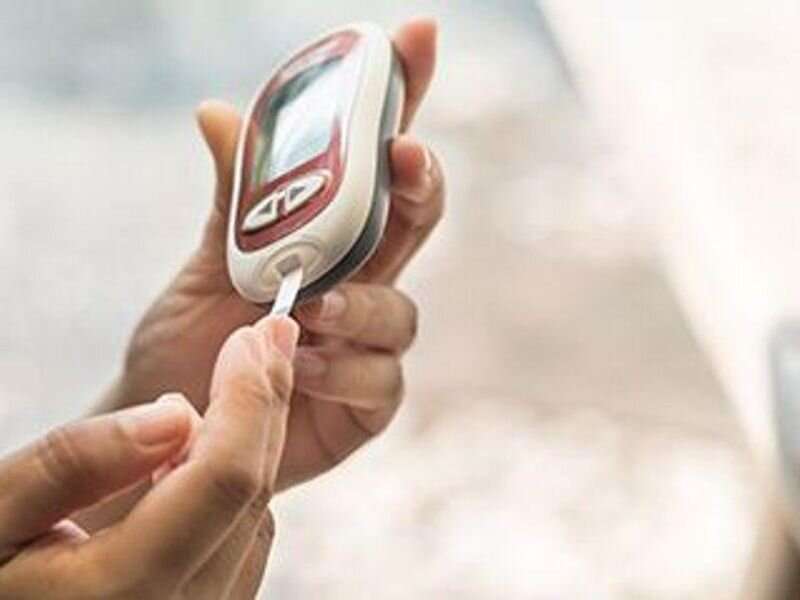
(HealthDay)—The addition of subcutaneous tirzepatide versus placebo to titrated insulin glargine results in significant improvements in glycemic control among patients with type 2 diabetes and inadequate glycemic control, according to a study published in the Feb. 8 issue of the Journal of the American Medical Association.
Dominik Dahl, M.D., from Gemeinschaftspraxis für Innere Medizin und Diabetologie in Hamburg, Germany, and colleagues randomly assigned adults with type 2 diabetes receiving insulin glargine, who had inadequate glycemic control, to receive once-weekly subcutaneous injections of 5-mg, 10-mg, or 15-mg tirzepatide (116, 119, and 120, respectively) or volume-matched placebo (120 adults) over 40 weeks.
The researchers found that treatment was discontinued prematurely by 10, 12, 18, and 3% of participants in the tirzepatide 5-mg, 10-mg, and 15-mg groups and placebo group, respectively. From baseline to week 40, the mean hemoglobin A1c (HbA1c) change was −2.11, −2.40, and −2.34% with 5-mg, 10-mg, and 15-mg tirzepatide, respectively, versus −0.86% with placebo. From baseline, the mean change in body weight was −5.4, −7.5, −8.8, and 1.6 kg with 5-mg, 10-mg, and 15-mg tirzepatide and placebo, respectively. Compared with those treated with placebo, higher percentages of patients treated with tirzepatide had HbA1c less than 7 % (85 to 90% versus 34%).
“The results from the current study provide clinically relevant information relative to the use of tirzepatide in combination with a basal insulin that should be of help to clinicians when this treatment option is considered,” the authors write.
Source: Read Full Article